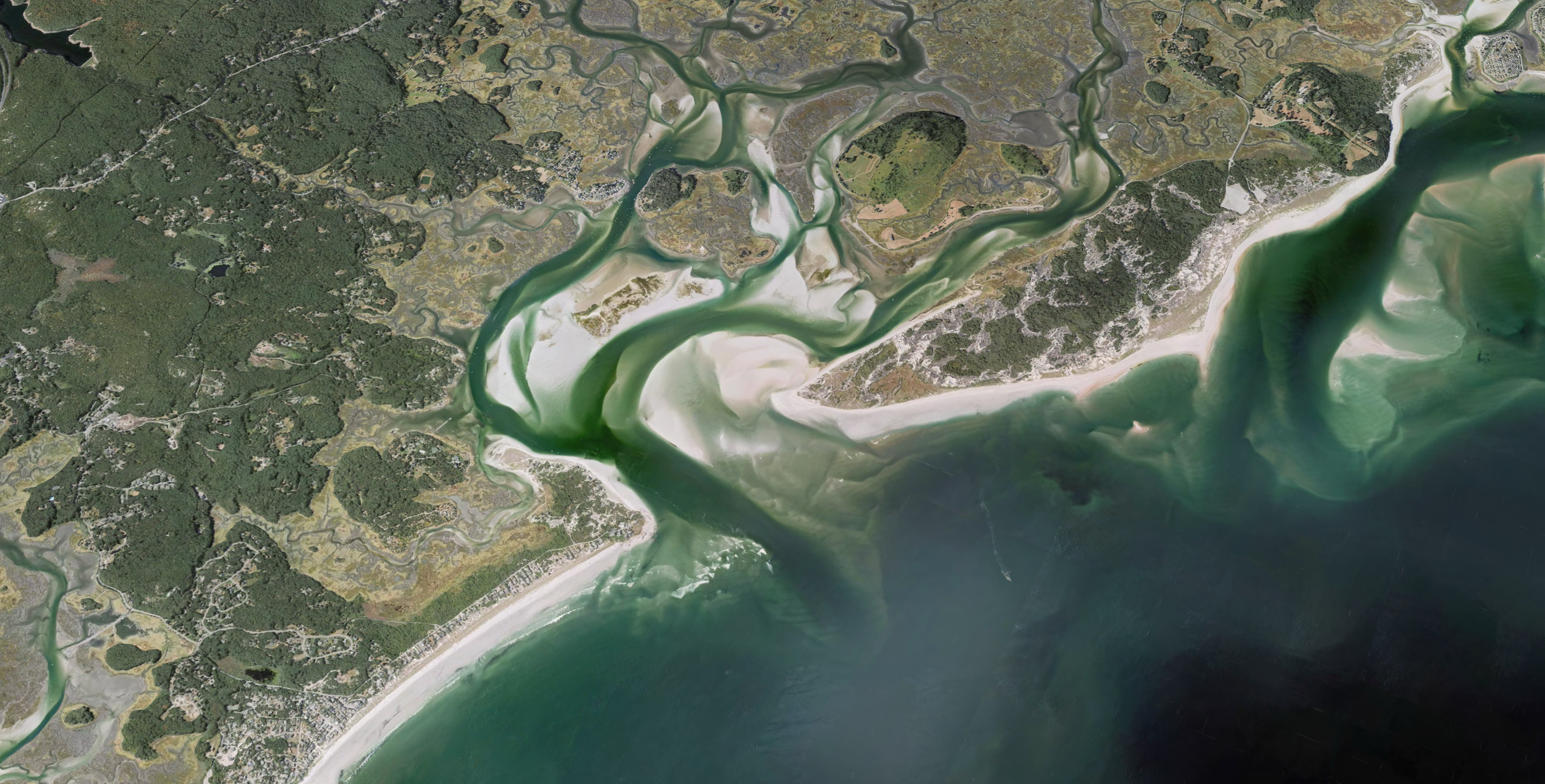
Morning Flight
What is Morning Flight?
Morning flight refers to the phenomenon of birds engaging in diurnal migration immediately following a nocturnal migration event. It is believed that such flights consist of a combination of birds returning to land from the ocean, birds compensating for lateral drift incurred during the previous night's migration, and birds seeking habitat in which to rest and forage.
The Great Marsh forms an expansive stretch of saltmarsh that migratory songbirds must cross as they reorient inland during morning flights. Our goal is to identify the primary corridors used in these movements and apply our findings to guide effective outreach and conservation strategies.

How do birds move across the Great Marsh?
Most systematic ground-based visual observation of bird migration in eastern North America occurs on peninsulas (e.g., Cape May, Whitefish Point, Point Pelee). The Great Marsh—a 25,500-acre saltmarsh-barrier beach system in northeastern Massachusetts—offers an alternative setting for studying the morning flights of passerines across non-peninsular landscapes and provides insights into how morning flight behavior manifests in saltmarsh-barrier beach systems. Intercepting morning flights within the Great Marsh, however, is complicated by its extensive area and varied topography. Spatial variation in concentrations of birds aloft over the Gulf of Maine at dawn further disperses migrants across multiple trajectories and much of the marsh away from Plum Island has been historically understudied during migration. As a result, the primary diurnal migration corridors, or “flight lines”, used by nocturnal passerine migrants engaging in morning flights within the Great Marsh remain poorly described.
